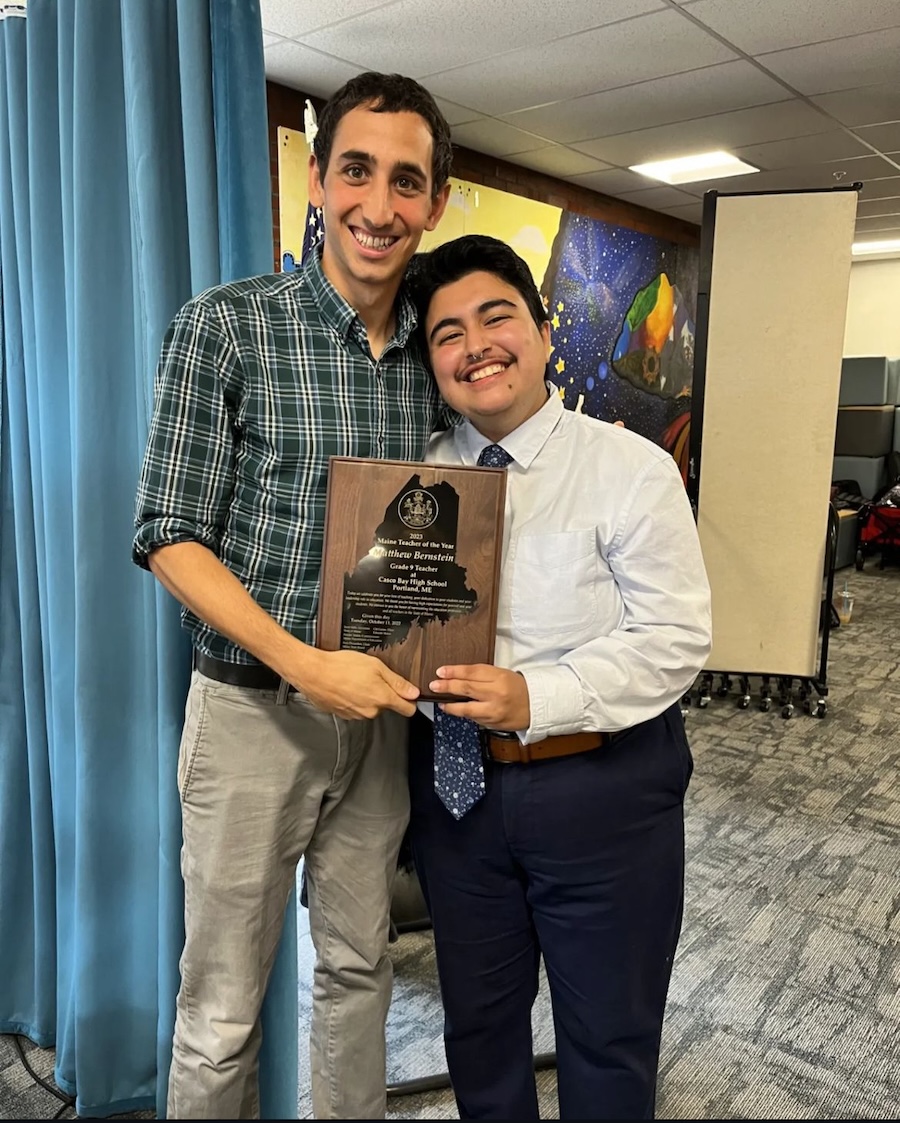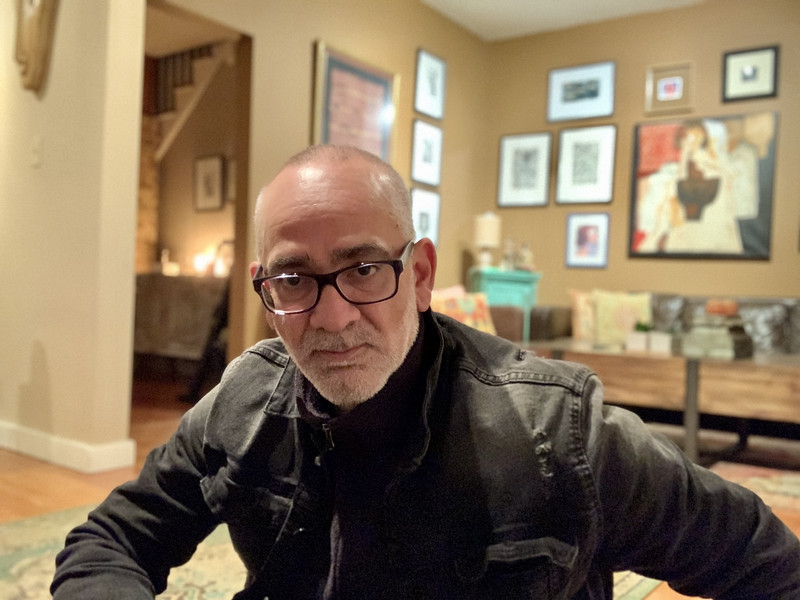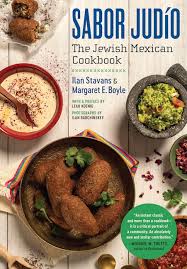Online Teaching: Bowdoin Students Teach Elementary Students a New Language, and an Openness to Others
By Rebecca Goldfine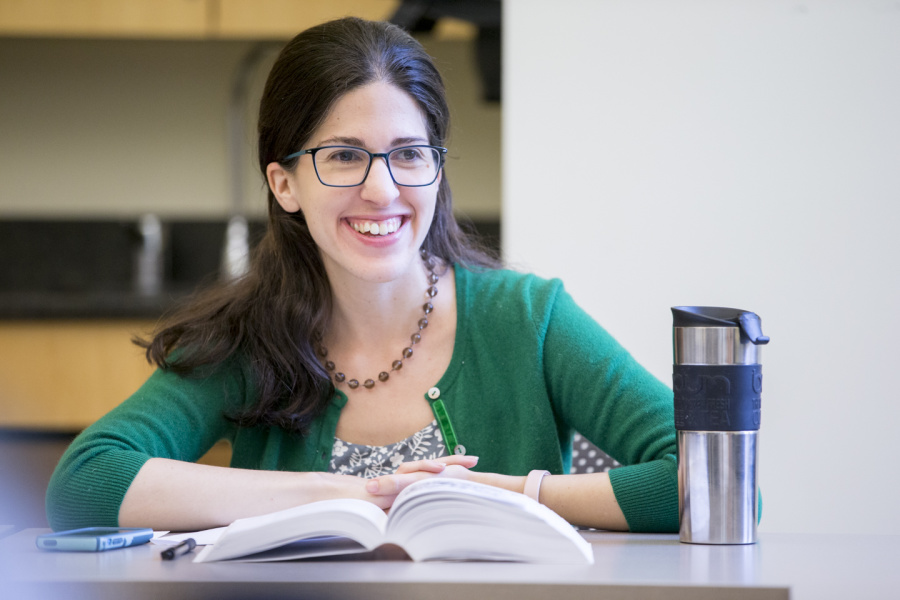
Students in Boyle's class Teaching and Learning Languages and Cultures are teaching six languages—Spanish, French, Russian, Chinese, Japanese, and Arabic—to children at Kate Furbish Elementary School in Brunswick, Maine, this fall.
The Bowdoin students are bringing world language instruction to a public school that cannot provide it due to budget and staffing constraints. At the same time, they're introducing children in grades pre-K to second grade to different cultures in the US and around the world.
"I’m asking my [Bowdoin] students to understand language pedagogy and anti-bias education," Boyle said. "The course is ambitious in that way."
While language learning at a young age has benefits for cognitive development and sets children up for second-language fluency as adults, it also offers the opportunity to foster openness and tolerance, Boyle said.
"Kids are not too young to talk about race," she explained. "The earlier that we are explicit about race and identity with young children, the more it has a meaningful impact on their beliefs, attitudes, and actions for the rest of their lives."
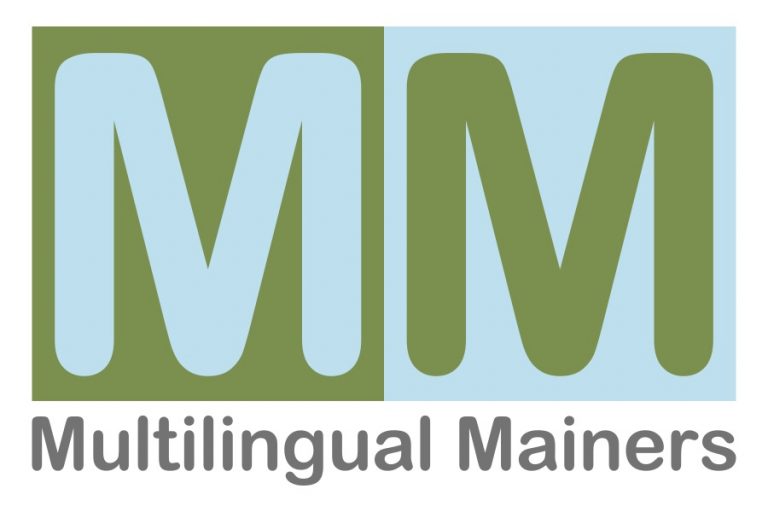 "Multilingual Mainers is a partnership between Bowdoin College undergraduates and pre-K through second-grade students in Brunswick. Through daily lunches and classroom visits, the program promotes critical-thinking skills and provides age-appropriate tools to combat xenophobia, racism, and intolerance."
"Multilingual Mainers is a partnership between Bowdoin College undergraduates and pre-K through second-grade students in Brunswick. Through daily lunches and classroom visits, the program promotes critical-thinking skills and provides age-appropriate tools to combat xenophobia, racism, and intolerance."
Boyle's language teaching outreach to the community did not start off with such a far-reaching social aim. It was born from a volunteer club she launched at Bowdoin in 2017 called Multilingual Mainers. Up until last winter, student members fluent or proficient in a language other than English offered regular lessons to elementary students during their lunch break.
The intention was to expose the children to a world language before they began formally studying one of the two course options—French or Spanish—offered in Brunswick's middle school.
Boyle also volunteered at the elementary school from time to time. One day, as she was reading a Spanish version of The Hungry Caterpillar, she recalled some of the children responding, "That's so weird!" This prompted her to start a conversation with the five-year-olds about why it can feel strange to be around something new.
"Then I realized the program had this importance I wasn't intending," she said. "It isn't only about language proficiency and early access to languages, it's also about culture and identity in Brunswick, Maine, and why it matters that students are exposed to a variety of languages and cultures."
Grace Lee ’22, Boyle's course liaison this fall, has volunteered as a Korean language tutor with Multilingual Mainers the last two years. "I grew up in a Maine public school, which was predominantly white," she said. "And my school adopted a colorblind approach and made curiosity in different cultures kind of taboo." She entered Bowdoin feeling her family heritage was a burden.
"I participated in Multilingual Mainers as a fun thing because I love kids, and it turned into a place where I could rediscover my ethnic pride again," she said. "It's super important to promote intercultural competence and inclusion at a young age, when we're open minded and learn a lot," she added.
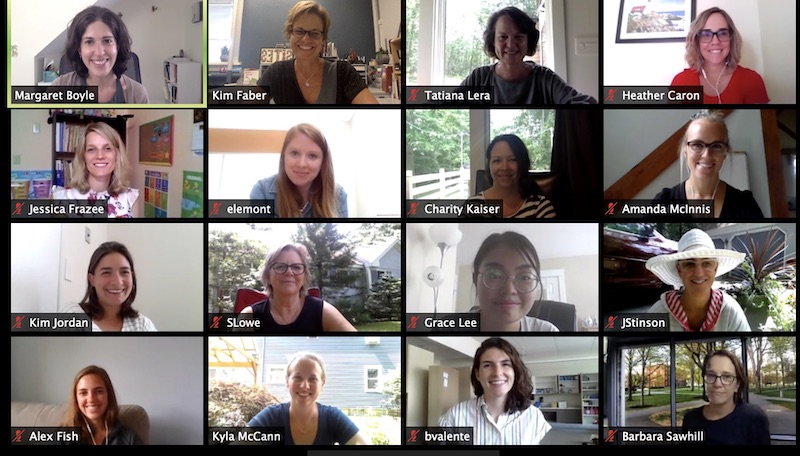
After her read-aloud experience at the school, Boyle began to think about expanding the program so that Bowdoin students could gain teaching skills while fostering in young children "curiosity, compassion, and understanding across difference," she said.
Racial unrest in the country and the Black Lives Matter movement gave her even more impetus to put a formal program in place.
To support her goal, Boyle received a $10,000 seed grant from the Whiting Foundation's Public Engagement Programs."This bolstered us into the next phase of the program," she said.
This semester, students in her class are reading the latest research on language pedagogy and anti-racism education while engaging in a practicum with local teachers.
Jeanne Stinson's class of first and second graders is learning Spanish with three Bowdoin students: Devon Garcia ’21, Sam Kingsbury ’21, and Kathleen Armenta ’21. "My class is a group of children who are all learning from home so this will give us another fun thing to practice during our virtual meetings," she said.
While Stinson's students are eager to learn new Spanish words, she's pleased they have an opportunity to "see themselves as part of a global world and to see each other in new ways as well." Many of them have already shared stories of family members who speak different languages, she added.
Kate Furbish principal Steve Ciembroniewicz is elated by the program's evolution from lunchtime extracurricular to part of the curriculum this fall. "It's important work, essential work," he said of exposing "kiddos," as he affectionately calls the students, to languages, cultures, and customs around the world.
"We are dealing with some of the youngest learners in the community who are deeply curious, and what an opportunity," he said.
The original nine teachers who signed up to participate in Boyle's program are teaching a combined 180 students. But Ciembroniewicz thought that many more of the school's 540 or so students are also accessing the content, since the majority of language lessons are pre-recorded by Bowdoin students. Boyle encourages teachers to share the Multilingual Mainers' lesson plans and other resources for use in home or at home.
Students are creating weekly videos for the children—on themes like greetings, numbers, holidays, cuisines, and cultural traditions—and occasionally joining them for live online sessions.
Though Boyle designed the course before the pandemic and envisioned her students in school classrooms, she said the class has adapted well to the online environment.
"I feel excited about the possibilities for the course and how we can support the schools when teachers are needing extra help with distance learning," she said.
Sam Kingsbury ’21, a math and Hispanic studies major, said he was drawn to the class for its integration of languages and anti-racism. He is considering pursuing a career as a Spanish teacher.
"The class had two things that strongly appealed to me: one was the actual experience of working with kids and teaching them, even though it is via Zoom or video lessons," he said. "And, two was its strong focus on intercultural competence and race, which is something we don’t think about much but is crucial in terms of second language acquisition."
